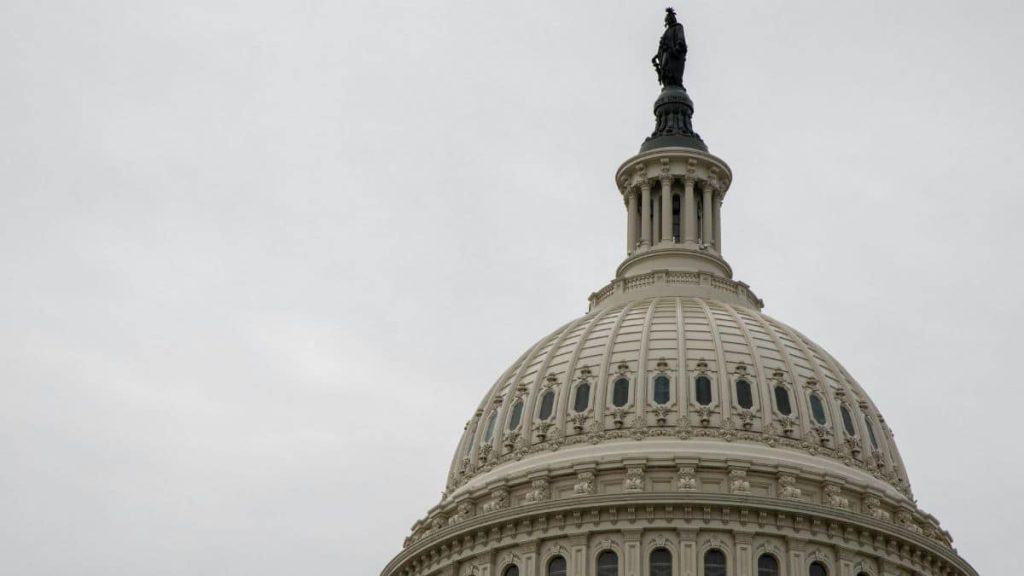The eighth Modification to the US Structure is a key a part of the Invoice of Rights that protects the rights of Americans. This modification particularly addresses the difficulty of merciless and strange punishment, in addition to disproportionate bail and fines.
Historical past of the eighth Modification
The eighth Modification was adopted on December 15, 1791 as a part of the Invoice of Rights, which consists of the primary ten amendments to the US Structure. The eighth Modification was impressed by the English Invoice of Rights of 1689, which additionally prohibited merciless and strange punishment.
The textual content of the Eighth Modification reads as follows:
“Extreme bail shall not be required or disproportionate fines imposed or merciless and strange punishments imposed.”
Goal of the eighth Modification
This modification serves a number of necessary functions within the American authorized system:
1. Extra Bail Safety: The eighth Modification ensures that defendants should not topic to unreasonably excessive bond quantities that might stop them from being launched from custody earlier than trial. This safety is necessary as a result of it helps make sure that people should not punished earlier than they’re discovered responsible of against the law.
2. Safety towards extreme fines: The eighth Modification additionally protects people from being subjected to unreasonable fines that might be used as a type of punishment or to coerce defendants into pleading responsible.
3. Safety towards merciless and strange punishment: Maybe probably the most well-known facet of the eighth Modification is its ban on merciless and strange punishment. This safety is meant to forestall the federal government from inflicting inhumane or degrading punishment on people convicted of crimes.
Definition of merciless and strange punishment
The eighth Modification's prohibition towards merciless and strange punishment is a basic safety for people convicted of crimes.
The US Supreme Court docket has supplied some steering on this difficulty via numerous choices. Within the 1958 case of Trop v. Dulles, the Court docket dominated that the eighth Modification “should derive its that means from the evolving requirements of decency that mark the progress of an adolescent society.” Because of this the definition of merciless and strange punishment can change over time as societal values and norms evolve.
Among the components the Court docket thought of in figuring out whether or not a punishment is merciless and strange embody:
1. Severity of punishment: The punishment should be proportionate to the crime dedicated. A extreme punishment for against the law could also be thought of merciless and strange.
2. Dehumanizing impact: Punishments which are degrading or inhumane could also be thought of merciless and strange.
3. Arbitrary or discriminatory use: If the punishment is utilized in an arbitrary or discriminatory method, it could be thought of merciless and strange.
4. Public Opinion: A courtroom might take into account public opinion and the practices of different jurisdictions when deciding whether or not a punishment is merciless and strange.
Notable Supreme Court docket Instances Involving the eighth Modification
A number of landmark Supreme Court docket instances have formed the interpretation and utility of the eighth Modification:
1. Furman v. Georgia (1972): On this case, the Court docket held that the loss of life penalty, as utilized in some instances, constituted merciless and strange punishment due to its arbitrary and discriminatory utility. This resolution led to a brief moratorium on the loss of life penalty in the US.
2. Gregg v. Georgia (1976): In that case, the Court docket upheld the constitutionality of the loss of life penalty and located that the brand new sentencing pointers addressed the issues raised in Furman v. Georgia.
3. Atkins v. Virginia (2002): The courtroom dominated that the execution of the mentally disabled constituted merciless and strange punishment as a result of it violated evolving requirements of decency.
4. Roper v. Simmons (2005): The courtroom dominated that the execution of these beneath the age of 18 on the time of their crime is merciless and strange punishment as a result of it additionally violates evolving requirements of decency.
Up to date Points and the eighth Modification
The eighth Modification continues to be the topic of debate and controversy in the US, notably in relation to the loss of life penalty and using solitary confinement. Critics argue that sure strategies of execution, comparable to deadly injection, can represent merciless and strange punishment due to the potential for ache and struggling. As well as, using long-term solitary confinement has been challenged as a violation of the eighth Modification as a result of it may have critical psychological results on prisoners.
Works Cited
“The eighth Modification.” LII / Authorized Info Institute, Cornell Legislation Faculty, www.legislation.cornell.edu/structure/eighth_amendment.
“Invoice of Rights.” Nationwide Archives, www.archives.gov/founding-docs/bill-of-rights.
“Furman v. Georgia.” Oyez, www.oyez.org/instances/1971/69-5003.
“Gregg v. Georgia.” Oyez, www.oyez.org/instances/1975/74-6257.
“Atkins v. Virginia.” Oyez, www.oyez.org/instances/2001/00-8452.
“Roper v. Simmons.” Oyez, www.oyez.org/instances/2004/03-633.
“Too A lot v. Dulles.” Oyez, www.oyez.org/instances/1957/70.
The put up Understanding the eighth Modification: A Complete Information appeared first on American Religion.
